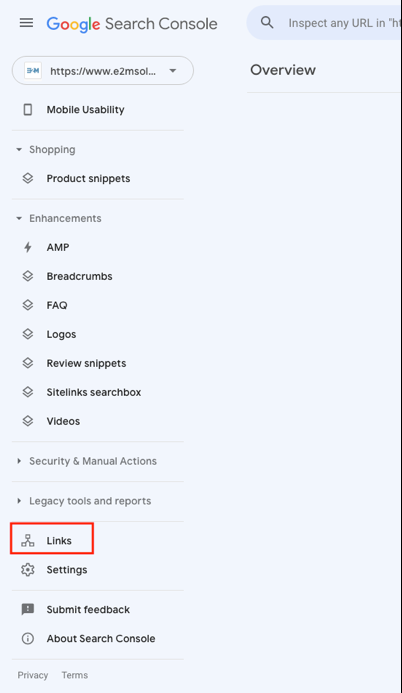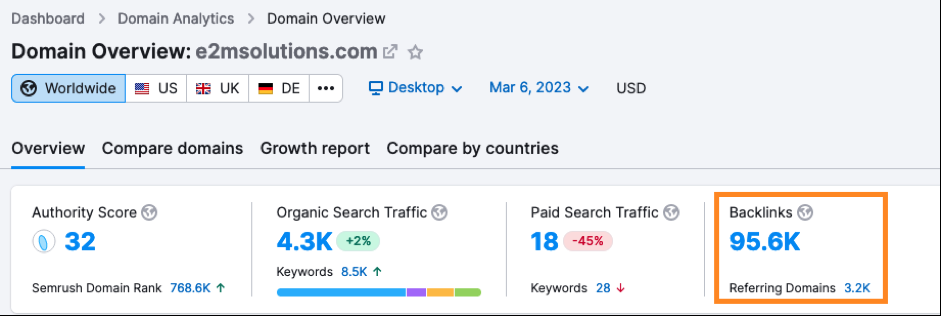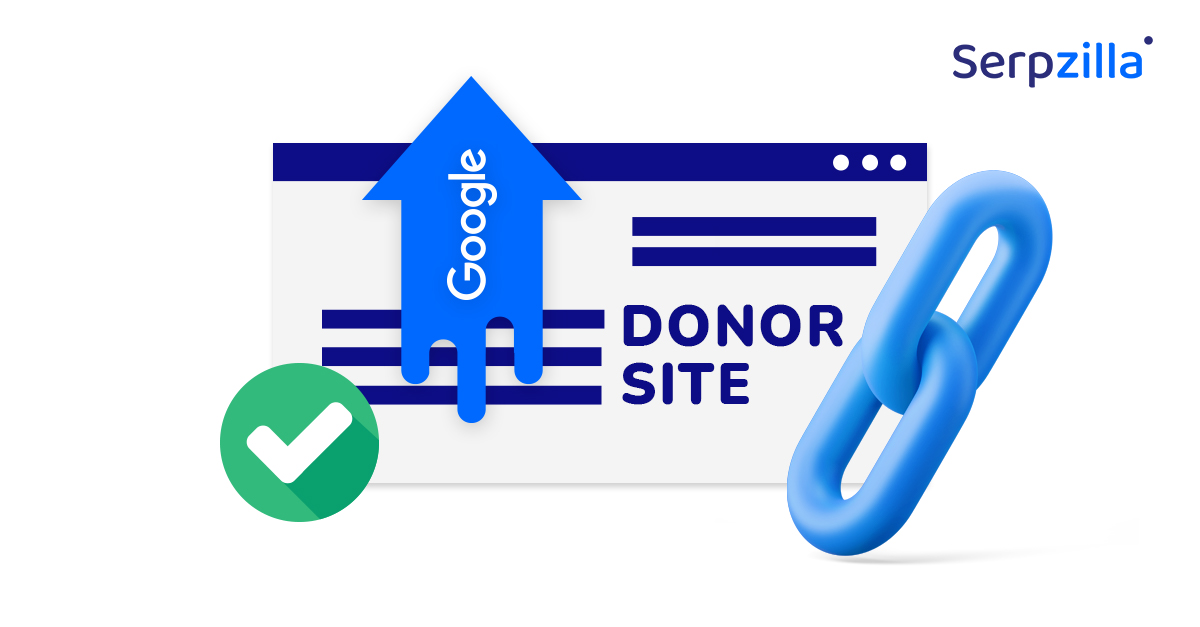Are you tired of your link-building efforts not paying off?
It’s time to analyze your campaign and ensure your links are doing their job. How else can you decide if your link building strategy delivers the desired results?
Think of backlink analysis as house cleaning that helps you identify good links, find missed opportunities, and stay ahead of the competition. By analyzing your link-building efforts, you can determine which tactics are working well and which need improvement. This helps you refine your strategy and achieve better results.
In fact, according to a study by Moz, high-quality backlinks are the most important factor in Google’s search algorithm. No wonder link-building is crucial to successful SEO campaigns.
So, let’s dive into how to analyze your link-building campaign and ensure your efforts are paying off!
What Is Backlink Analysis?
Backlink analysis is a critical part of every SEO strategy. It involves making a list of the links that point to your website, understanding the types, characteristics, advantages and disadvantages of each link, and determining their impact on your search engine rankings.
By studying the quality and quantity of these links, you can identify opportunities to improve your site’s authority and relevance. You can also address potential issues hurting your website’s search visibility.
Backlink analysis can help you make informed decisions about your link-building efforts. You can understand which links are helping and which ones are not. With this, you can focus on building high-quality backlinks that positively impact your search engine rankings.
Benefits of Link Building in SEO
Before we dive into the details of analyzing links, let’s first understand why links are important for SEO.
Why, you ask? Everyone knows links are good for SEO! But let’s quickly recap the benefits, so that when you analyze your links, you know what you’re looking for.
- Search Engine Rankings: When you acquire high-quality links from other websites, it signals to search engines that your website is authoritative and trustworthy. This can help your pages rank higher in search results.
- Referral Traffic: Links from other websites can drive traffic to your site. This is especially true if the linking site has a high traffic volume.
- Brand Exposure: When your website gets linked to other sites, it increases your brand exposure. That, in turn, can help you reach new audiences.
- Competitive Advantage: Actively building links can help you gain a competitive advantage. It is probably the best way to outsmart your competitors.
- Credibility: Having backlinks from credible and authoritative sources in your industry shows that you are a trusted source of information. This is an excellent way to build your brand following.
- Social Media Shares: When your content gets linked to other websites, it can also be shared on social media platforms, leading to increased social media exposure and engagement. That’s more lead generation for your brand!
- User Experience: Linking to other relevant content within your website or to other websites provides additional valuable information. This helps improve user experience.
- Collaboration: Building relationships with other websites in your industry through link-building can lead to collaboration opportunities. These mutually beneficial partnerships often play a critical role in expanding your online presence.
Why Is Backlink Analysis Necessary?
Backlink analysis can be a game changer if you’re a savvy SEO enthusiast trying to take your website to new heights. It’s like having a treasure map to guide you through the constantly changing landscape of SEO.
Here are some key reasons why backlink analysis is necessary:
- Traffic Contribution: Backlinks can drive traffic to your website, but not all links are created equal. By analyzing your backlinks, you can determine which ones are driving the most traffic and focus on acquiring more links like them.
- Good and Bad Links: Backlink analysis helps you identify good and bad links. Good links come from authoritative websites and are relevant to your content. Bad links, on the other hand, can harm your SEO efforts and should be removed.
- Competitor Strategies: Backlink analysis provides insights into your competitors’ link-building strategies. By analyzing their backlinks, you can identify new opportunities for your link-building campaigns.
- Backlink Gaps: Backlink analysis reveals gaps in your link-building campaign. These are areas where your competitors are doing better than you. By identifying these gaps, you can take action to acquire more links
- New Links: Backlink analysis helps you identify new linking opportunities. This could include industry directories, guest blogging opportunities, or social media profiles.
- Local Listing Opportunities: Backlink analysis helps you identify local listing opportunities, which can be particularly beneficial for local SEO.
- PR Link Opportunities: Backlink analysis helps you identify potential PR link opportunities. This could include mentions of your brand or products in online publications.
- Anchor Text Optimization: With backlink analysis, you can analyze the anchor text of your backlinks and optimize it for target keywords, resulting in improved search engine rankings.
- Link Diversity: Backlink analysis helps you identify opportunities to diversify your link profile. A diverse link profile with links from different sources and domains can boost your search engine rankings.
- Link Relevance: Backlink analysis helps ensure that the links pointing to your site are relevant to your content. Relevant links are more likely to drive traffic to your site.
So why is backlink analysis important?
As you can see, backlink analysis is vital to your website’s SEO performance. Let’s check out how to conduct a backlink analysis to identify your website’s strengths and weaknesses and develop a plan to improve your SEO.
Conducting a backlink analysis is necessary for optimizing your website’s search engine performance. It involves analyzing the links pointing to your website and identifying how you can improve your backlink profile.
Here are some steps you can follow to conduct a backlink analysis:
Backlink Analysis using Google Search Console (GSC)
Google Search Console (GSC) is a free tool by Google. It allows website owners like you to monitor and improve search engine performance. It also provides information on the websites that link to your site.

Here’s how you can use GSC in your backlink analysis.
- Log in to your GSC account.
- Click on your website property to view its dashboard.
- Open the left-hand sidebar and click “Links,” then select “External Links.”
- You will see a list of all the external websites that link to your site. Take note of the number of links and referring domains. Also, note any spikes or drops in the graph.
- Click on “Top linking sites” to view the websites providing the most backlinks to your site. Note the Domain Authority (DA) and Page Authority (PA) of these sites and the number of links they provide.
- Click “Top linked pages” to see which pages are getting the most backlinks.
- Finally, click “Download more sample links” to export a CSV file of all the backlinks to your site.
Following these steps helps you perform a backlink analysis using GSC and get a better insight into your backlink profile.
Backlink Analysis using Semrush
Semrush is a paid tool that provides comprehensive information on a website’s backlink profile and other SEO metrics.

Here’s how you can use Semrush to extract backlink data:
- Log in to your Semrush and open the “Backlink Analytics” tool in Semrush.
- Type the domain or URL you want to analyze in the search bar and click “Search.”
- Semrush will generate a report, so review the total number of backlinks, referring domains, and referring IPs.
- Click on the “Backlinks” tab to explore the backlinks and view a list of all the links pointing to the analyzed domain or URL.
- Check the authority of referring domains, anchor text, and link type (do-follow or no-follow).
- Narrow down the results using filters based on specific criteria, such as link type, the country of the referring domain, and domain authority.
- Identify potential toxic or spammy backlinks by checking the “toxic score” and “do follow/no follow ratio” columns.
- Export the data to CSV or PDF formats for further analysis or reporting.
Following these steps, you can conduct a thorough backlink analysis using Semrush and gain valuable insights into your website’s or your competitor’s link profile.
Backlink Analysis using Ahrefs
Ahrefs is a powerful suite of SEO tools designed to help improve your search visibility and performance. It offers a comprehensive set of tools for backlink analysis, keyword research, competitor analysis, and more.

Here’s how you can use Ahrefs to extract backlink data:
- Log in to your Ahrefs account on their website.
- Type the URL of a website you want to analyze in the search bar under “Site Explorer.”
- Click the “Search” button and wait for the results to load.
- Navigate to the “Backlinks” tab to view the website’s backlink profile.
- Review the backlink report to examine the number of backlinks, quality, and sources of the links.
- Use the available filters to refine your search and get more detailed insights into the website’s backlinks.
- Finally, use the “Export” feature to export the data to a CSV file for further analysis or reporting.
Following these steps, you should be able to conduct a comprehensive backlink analysis using Ahrefs and use the insights gained to boost your website’s SEO.
Analyze Your Backlinks to Improve Your SEO Performance
After extracting backlink data from all three sources, merge the data and create a main report. The report should include the domain, source URL, anchor text, and no follow/do follow status for each backlink.
Get the backlink audit format from here.
Then, analyze your backlinks by following these steps to gain insights into your site’s SEO performance.
- Analyze the anchor texts and their variance. Be sure your backlinks have a good mix of anchor texts and are relevant to your website’s content.
- Identify safe and toxic link types. Remove any toxic links hurting your website’s search engine performance.
- Identify the niche of the linking domain. Links from websites in your niche are generally more valuable than links from unrelated websites.
- Identify the relevance of the linking domain. Links from high-authority websites in your niche are more valuable.
- Identify the top pages with links. Focus on optimizing these pages for search engine performance to drive more traffic to your website.
Follow these steps and conduct a thorough backlink analysis to improve your website’s search engine performance and drive more traffic.
Boost your SEO results! Link building has become fast and easy with Serpzilla. Buy quality backlinks on authority websites with high DR.

Wrapping Up
Now that you know how to analyze your link-building campaign, you can track your progress and identify areas for improvement. Remember to regularly check your backlink profile, monitor your competitors, and focus on building high-quality links relevant to your content.
Implementing these strategies can improve your website’s search engine rankings and drive more traffic. Happy link building!






